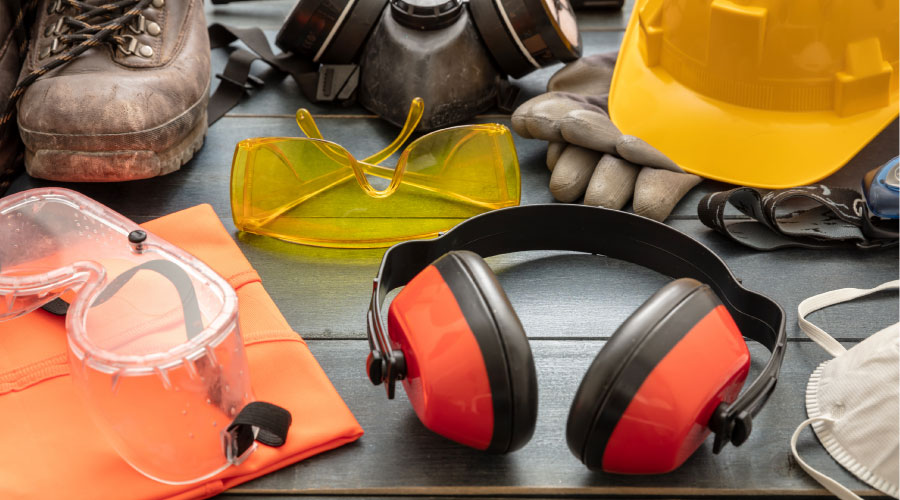Tips for Purchasing Personal Protective Equipment

Giving employees a choice in their PPE might mean it gets used
The U.S. Occupational Safety and Health Administration (OSHA) requires that personal protective equipment, known as PPE, be worn to improve safety and minimize any hazards that come from a given workplace.
Potential dangers vary across workplaces and industries and can include exposure to illness or injury from chemical, radiological, electrical, physical, or other dangers found in a worker’s job, according to OSHA. PPE is worn to improve safety and reduce the risk of injury. These items include hats, gloves, and proper footwear; safety vests; protection in the form of earplugs, safety glasses, or respirators; and full-body suits.
“All personal protective equipment should be safely designed and constructed and should be maintained in a clean and reliable fashion,” according to OSHA. Employers should make sure to train their employees in proper PPE protocol and provide the proper items any time they are required.
When purchasing PPE, the most important thing facility managers should look for in a PPE vendor is selection, says Kristen Panella, a representative of 2SAFE Consulting. Having a single vendor to deal with can make things easier. A wide selection of choices ensures that managers can find what they need to safely complete any job. The wider the product range, the better.
“You want your employees to have a choice in their PPE,” Panella says. “There are so many options out there, and employees should explore all those options.”
Panella recommends that managers choose PPE that is disposable, if possible, since worrying about maintenance, cleaning, and storage of PPE can be difficult. All PPE clothing and equipment must be safely designed and constructed. Managers should choose PPE that is comfortable to ensure that employees actually wear it.
When it comes to PPE, Panella applies the age-old adage “You get what you pay for.” Spending more to obtain comfortable PPE will increase rates of employee compliance, making it a better investment in the long run.
To get PPE that’s compatible with the physical characteristics of employees, managers should request samples from PPE vendors so their employees can try various items and sizes, Panella says. Managers can conduct fitting sessions, seek input from employees, and ensure that the selected PPE is comfortable and properly adjusted for each user, maximizing its effectiveness and usability.
“The facility manager matches PPE to the physical characteristics of users by considering factors such as body size, individual health conditions, physical limitations, and any specific requirements or preferences,” Panella says.
OSHA requires that many categories of PPE meet or are equivalent to standards approved by the American National Standards Institute (ANSI). So, managers need to make sure that the PPE they purchase meets or exceeds those standards, says Panella.
Facility managers need to conduct an assessment of all tasks at their facility in order to choose the correct PPE to address the unique hazards of a specific workplace.
“This assessment involves identifying potential risks and exposures, evaluating the effectiveness of different PPE options in mitigating those risks, and selecting appropriate PPE that provides the necessary protection for the workers in the given environment,” Panella says.
By Andy Nghiem, Contributing Writer
Andy Nghiem is a freelance writer with Advantage Informatics.
The post "Tips for Purchasing Personal Protective Equipment" appeared first on FN Prime Maintenance & Operations

